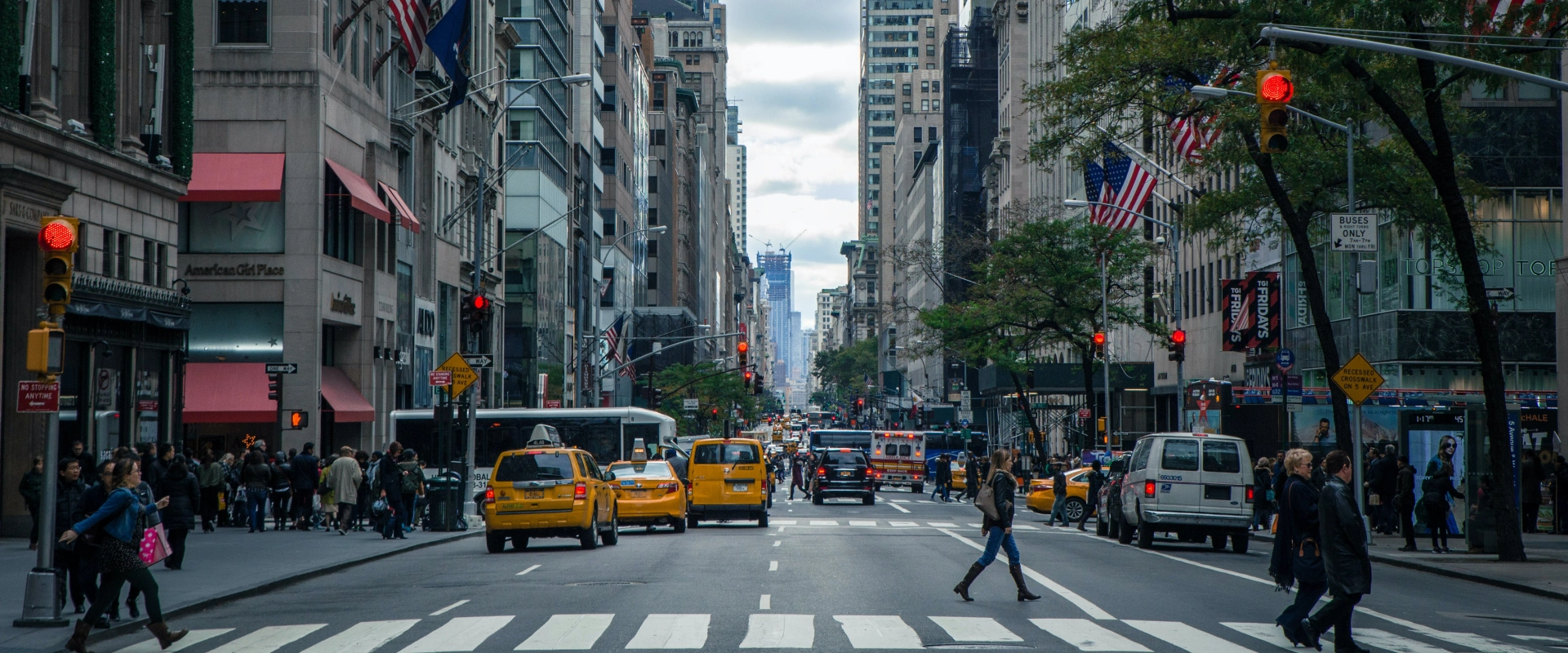
While the rise of work-from-home jobs has transformed the lives of workers by eliminating their commute and improving their work-life balance, employers now wrestle with questions about productivity and effective management. Not only that, but new research by Purdue economist Lindsay Relihan indicates that the popularization of remote work is physically altering the economic landscape of downtowns. The increasing ability to work from anywhere impacts where people choose to shop, live and do business.

In her new paper “The Impact of Work-from-Home on Brick-and-Mortar Retail Establishments: Evidence from Card Transactions,” Relihan analyzes how the emergence of COVID-19-induced work-from-home arrangements affects the location of retail businesses. In conjunction with James Duguid, Bryan Kim and Chris Wheat from the JPMorgan Chase Institute, Relihan built a high-frequency dataset with a distinctive level of geographic granularity to evaluate the entry and exit of 1.7 million retail establishments across 16 major American cities.
Through careful examination of billions of credit and debit card transactions between 2017 and 2022, Relihan finds that retail establishments have generally moved from larger, more expensive cities and city centers to smaller cities and suburbs. This exodus of businesses from the big cities mirrors the movement of people in the same direction.
In other words, as people left metropolis-level cities like San Francisco, Los Angeles, San Diego and New York City, the businesses that serviced these areas also experienced negative growth.
Further, Relihan also considers the population and establishment growth within cities from downtowns to the outer suburbs. From 2019 to 2021, the downtown core population growth consistently decreased, while the outer suburbs saw an increase for the same time period. Population growth near the city center ended up declining by about 9%, but the population of the outer suburbs grew by 5% by the end of Q4 2021.
Establishment growth follows the same trends, but the effects are most pronounced during Q2 of 2020 at the height of the COVID-19 pandemic. Neighborhoods near city centers had an average of 12.9% fewer brick-and-mortar businesses relative to Q2 2019. There was some recovery in establishment growth through the end of 2021, but the inner and outer suburbs witnessed the greatest level of recovery while downtowns failed to come as close to pre-pandemic levels.
However, establishment growth is not evenly distributed across different types of establishments. For example, someone who now works from home may decide to eat lunch at home, which would negatively affect downtown restaurant growth. Remote workers might also purchase less work-related clothing or personal care services. Since there is no reason to dress up for the office, why would they?
These assertions are backed up by data, which illustrates the effects of work-from-home across different product categories.
“The thing that’s interesting about the shock is not just work-from-home pushing people from where they live but working from home can change the types of goods and services that you demand,” says Relihan. “If the stereotypical work-from-home person is just wearing athleisure you would see less demand for clothing.”
“Maybe even the most economically impactful given this demand shift is what’s happening with restaurants versus grocery stores,” Relihan adds. “People used to go out to lunch all the time to restaurants, but when you move to the suburbs it’s much easier to stay home and make yourself a sandwich.”
Overall, Relihan finds that retail establishments have relocated from downtowns to the suburbs in the short term and that this movement could last into the long term if new developments are spurred by this exodus of people and businesses. If this happens, the suburbs and smaller cities could attract new residents, which would amplify the initial migration due to COVID-19-induced work-from-home policies.
“If you are making downtowns less attractive places to live, you could then have people starting to more intensely shift their initial location pattern as they sort on changes to neighborhood consumption amenities,” says Relihan. Further, research supports the notion that a complete reversal of these trends is unlikely. According to Relihan: “The work-from-home thing is here to stay in a big way.”
Relihan notes that policymakers may be tempted to implement policies that mandate a return to the office, but these policies ignore the potential productivity and income gains of work-from-home that impact businesses and their employees. Instead, she recommends more nuanced policy solutions like flexible zoning, redevelopment grants and taxes on extended vacancies to combat the negative effects that remote work has had on downtown economies.
Despite all the changes that remote work means for cities, Relihan remains optimistic. “I’m bullish on cities in general,” she says. “Every time a new technology is invented people love to predict the death of cities. Through all of these technological innovations cities as a whole have just gotten bigger and denser and have taken up a larger slice of the pie of the American economy.”
Relihan discussed these topics in an episode of the “Densely Speaking” podcast.
Relihan teaches Real Estate Fundamentals at the Daniels School and is an affiliate of the Dean V. White Real Estate Finance Program and the Purdue University Research Center in Economics.